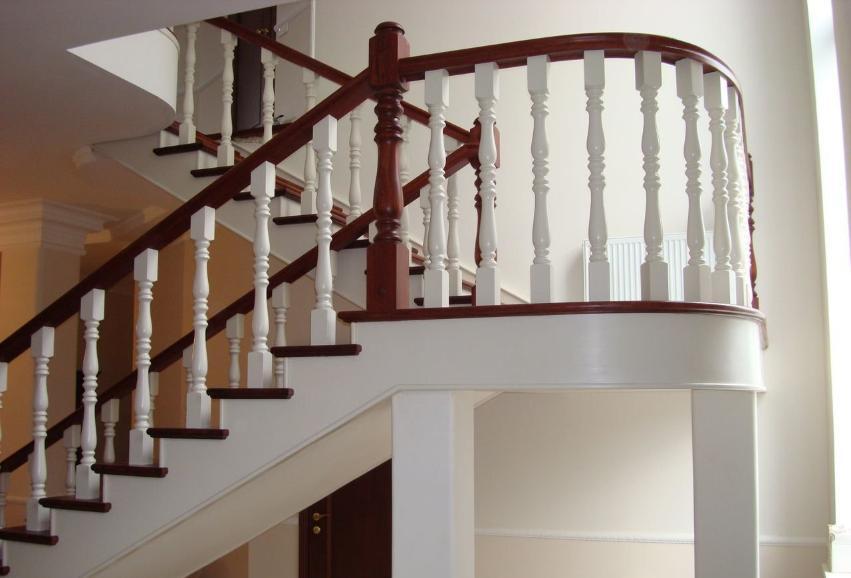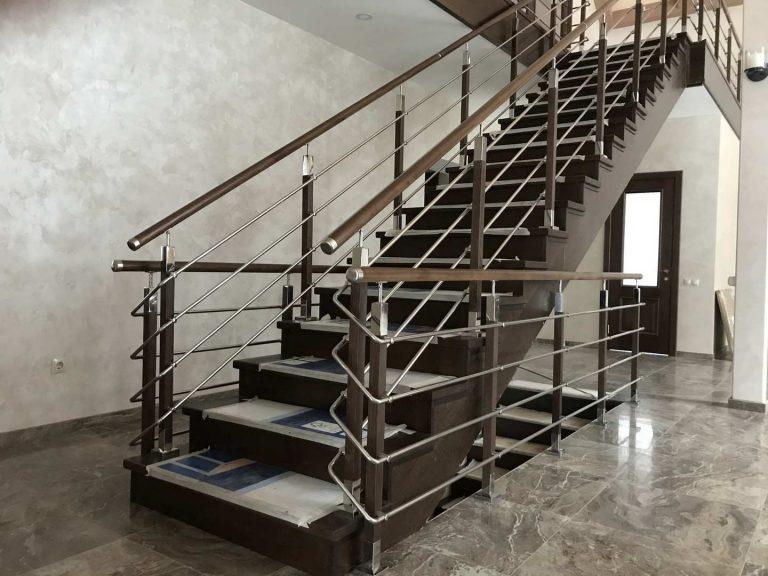
Selecting Materials: Wood, Metal, and Glass for Your Ascent
- 18950
- 4

The Core Elements of Ascent: Wood, Metal, and Glass in Architectural Innovation 🏗️✨
The essence of architectural ambition lies in thoughtful material selection. From ancient dwellings to soaring skyscrapers, wood, metal, and glass properties dictate structural integrity, aesthetics, and function. Understanding their unique characteristics and historical applications provides a crucial foundation for any project aiming for new heights.
Historically, wood stands as humanity's most enduring construction material. Its inherent warmth, renewability, and ease of fabrication made it indispensable. Early civilizations leveraged its strength-to-weight ratio for shelters and complex timber-framed cathedrals. Wood's tactile quality and organic beauty continue to create inviting, human-centric spaces, connecting occupants with nature.
The Industrial Revolution heralded the rise of metal, particularly iron and steel, transforming construction. Metals offered unprecedented strength, ductility, and the ability to span vast distances, enabling larger, taller, and more intricate structures. This shift paved the way for iconic skylines defining modern urban landscapes.
Simultaneously, glass evolved from a delicate art medium into a robust architectural component. Initially valued for light and views, advancements transformed it into a versatile material for structural support, thermal regulation, and dynamic aesthetic expression. Its capacity to blur interior and exterior lines is a hallmark of contemporary design, fostering openness.
- Wood offers unparalleled thermal comfort and organic aesthetics, ideal for creating inviting, sustainable interior environments.
- Metals, especially high-strength alloys, provide superior structural integrity and adaptability, allowing complex geometries and enduring significant forces.
- Glass, beyond transparency, offers significant thermal performance and structural resilience, enabling innovative facade solutions.
Modern material selection transcends individual properties, embracing a holistic understanding of their interplay. Architects and engineers balance structural performance, energy efficiency, lifecycle costs, and aesthetic impact. This complex decision-making is critical for a project's long-term viability and positive environmental contribution.
One compelling aspect of contemporary design is the synergistic potential when these materials combine. Steel's robust framework supports vast glass expanses, while timber's warmth softens industrial aesthetics. This integration creates designs that are structurally sound, visually dynamic, and experientially rich.
Despite strengths, each material presents distinct challenges. Wood requires careful fire resistance and moisture protection. Metals can suffer thermal bridging and corrosion. Glass, while transparent, poses challenges with solar gain and impact resistance. Advanced engineering addresses these limitations for safety and longevity.
Recent innovations dramatically expand material capabilities. Engineered wood products like CLT offer strength and sustainability. High-performance alloys provide lightweight, durable solutions. Smart glass dynamically controls light and heat, revolutionizing building envelopes. These advancements empower Brickettakad to realize ambitious architectural visions.
Beyond technical specifications, material choices profoundly impact psychology. The grounded feeling of wood, the perceived security of metal, and the expansive openness of glass each contribute uniquely to how occupants experience a space. Thoughtful selection significantly enhances comfort, productivity, and overall well-being.
Looking ahead, sustainability and circular economy principles will continue to shape material selection. Assessing environmental footprint from extraction to end-of-life is standard. This approach guides Brickettakad in exploring innovative material combinations to minimize ecological impact while maximizing performance and aesthetic appeal, ensuring a responsible future.
- Strategic material blending optimizes structural performance, energy efficiency, and occupant well-being, leading to resilient and appealing designs.
- Continued innovation in material engineering is crucial for overcoming existing limitations and unlocking new architectural possibilities for ambitious projects.
- A holistic approach to material selection, considering environmental impact and long-term durability, is paramount for responsible construction practices, a principle deeply valued by Brickettakad.







Somkiat Kittidet
This article offers a fantastic overview of material selection. It's great to see a focus on the synergistic potential and sustainability. Very insightful!